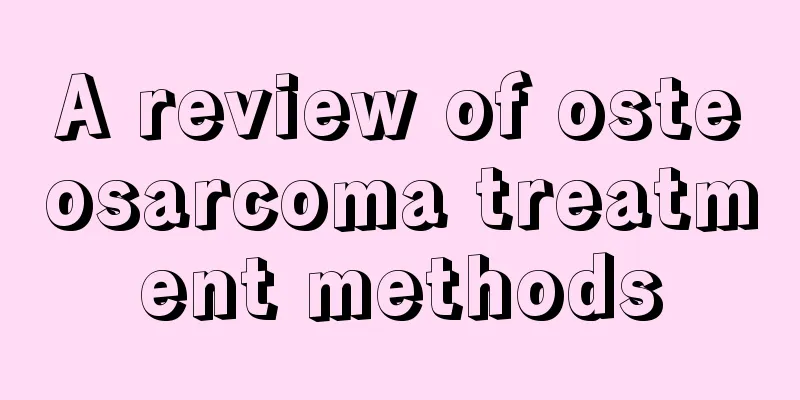What are the benefits of Purslane?

|
Portulaca oleracea can be used as a traditional Chinese medicine because it can play a certain role in treating diseases, such as lowering the concentration of cholesterol in the blood, and improving the elasticity of blood vessel walls, effectively preventing and treating cardiovascular diseases. 1. Nutrition Purslane is rich in dihydroxyethylamine, malic acid, glucose, calcium, phosphorus, iron, as well as nutrients such as vitamin E, carotene, vitamin B, and vitamin C. Purslane has an outstanding nutritional feature: its ω-3 fatty acid content is higher than that of humans and plants. Omega-3 fatty acids can inhibit the body's absorption of cholesterol, lower blood cholesterol concentration, improve blood vessel wall elasticity, and are very beneficial for preventing and treating cardiovascular diseases. 2. Edible Purslane can be eaten raw or cooked, and the soft stems can be cooked like spinach. However, if you are not used to its strong smell, don't use too much. The leaves at the top of the purslane stem are soft and can be cooked like watercress and used in soups or in sauces, mayonnaise, and stews. Purslane is cooked with shredded carrots or mashed potatoes, or with onions or tomatoes, and its stems and leaves can be pickled in vinegar. 3. Medicinal [Tibetan medicine] Canggeri: The whole herb can treat dysentery, leucorrhea, and enteritis. It can be used externally to treat erysipelas, carbuncles, boils, and insect and snake bites. "Tibetan Materia Medica". Portulaca oleracea: The whole herb is mainly used to treat dysentery, leucorrhea, enteritis, and gonorrhea. It can be used externally to treat furuncle and erysipelas (Chinese Tibetan Medicine). [Brown medicine] Zong Xinduo: The whole herb can treat dizziness and blurred vision. "Yunnan Medicine Records". Zong Xinduo: The whole plant is used externally for dizziness and blurred vision. "Yunnan Province Chronicles". Zong Xinduo: The whole herb is mainly used to treat dizziness and blurred vision (Ethnopharmacology II). [Dai medicine] Pabaling (Western Dai), Yaxima, Yaxima (De Dai): The whole plant is used to treat lung heat, cough, and dysentery (Yunnan Medicine Record). Pabanliang: The whole plant is used for lung heat, cough, and dysentery (Yunnan Province Chronicles). Pa Banliang: Treats palpitations, headaches, lung diseases, and knife wounds (Dai Medicine). Pabanliang: The whole plant can treat palpitations, headaches, tuberculosis, knife wounds, sprains, and bone and tendon setting. It continues the "Dai Medicine Records". Ya Xi Ma: The whole plant is mainly used to treat lung heat and cough (Ethnological Pharmacopoeia II). |
<<: What are the effects of chrysanthemum?
>>: What are the effects and contraindications of Guilinggao
Recommend
What tests do you need to do before pregnancy?
Now the country is vigorously advocating eugenics...
Where is the best place to get a massage for a cold
Colds are usually divided into wind-cold colds an...
T3 high
Thyroid function test is a very common examinatio...
Does a thick neck mean hyperthyroidism?
A thick neck troubles many people. However, we sh...
Let me introduce the surgical treatment of melanoma to patients
The surgical treatment of melanoma is a treatment...
How to Wash Your Hair with Rice Vinegar
Vinegar is a common seasoning in the kitchen. The...
What to do if the liquid nest has a strange smell
As we all know, sweat pits are actually the main ...
Why are the watermelon seedlings turning yellow?
In summer, watermelon is one of the most popular ...
How many lymph nodes have spread to in the middle and late stages of gastric cancer
Generally speaking, there is no saying about how ...
Secret History of the Harem: How did the Emperor’s favorite concubine enlarge her breasts?
Breast augmentation is not exclusive to modern wo...
What are the care options for right subclavian artery plaque?
When people find that they often have plaques in ...
Tongue cancer is divided into several types
The most painful thing about tongue cancer is tha...
Who is prone to colon cancer
In recent years, colon cancer has become one of t...
The main adverse effects of brain cancer on the human body
Brain cancer accounts for about 8.5% of all tumor...
What are viruses made of?
We often come into contact with some viruses in o...









